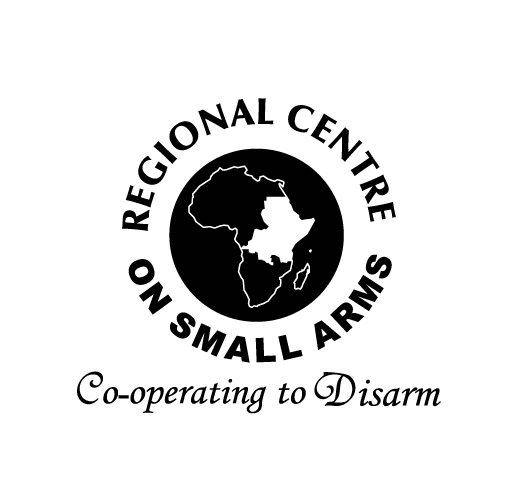Fragility situations in Burundi have been in existence for many years owing to the protracted conflicts and the proliferation of illicit Small Arms and Light Weapons (SALW). Since Independence in 1960, Burundi has experienced intermittent conflicts which have left a trail of death, destruction, and displacements. In its 2015 ranking, the Fund for Peace ranked the country at position 18 out of 178.
The overall objective of this study was to establish the link between fragility situations and the proliferation of illicit SALW and how both impact on human development and livelihoods. Fragility situations in Burundi are characterized by insecurity (83%), the presence of armed groups (78%), ungoverned spaces (77%), and the presence of Internally Displaced Persons (IDP) camps (69%). The key drivers of fragility situations were identified as weak governance (84%), protracted conflicts (83%), proliferation of illicit SALW (80%), porous borders (78%), and economic and social exclusion (73%).
The impact of fragility and the proliferation of illicit SALW on development and livelihoods has been dire. Populations have been displaced, lives lost, and key service delivery institutions disrupted. For instance, the health and transport sectors are dilapidated, while unemployment and desperation have contributed to populations’ vulnerability to mobilization into armed criminal gangs, further sustaining the vicious cycle of insecurity. Economic paralysis and political uncertainty have also contributed to increased poverty levels and significantly hampered foreign investments.
Burundi’s government, in collaboration with regional and international actors, has put in place a number of measures to address fragility and the proliferation of illicit SALW. These initiatives have, however, been reactive, piecemeal, and so far largely ineffective. In order to strengthen resilience, the study recommends the following: strengthening of governance institutions, addressing the proliferation of SALW, commitment to implementing comprehensive security sector reform, sensitization and awareness creation, provision of alternative livelihood interventions, and post-conflict reconstruction.

